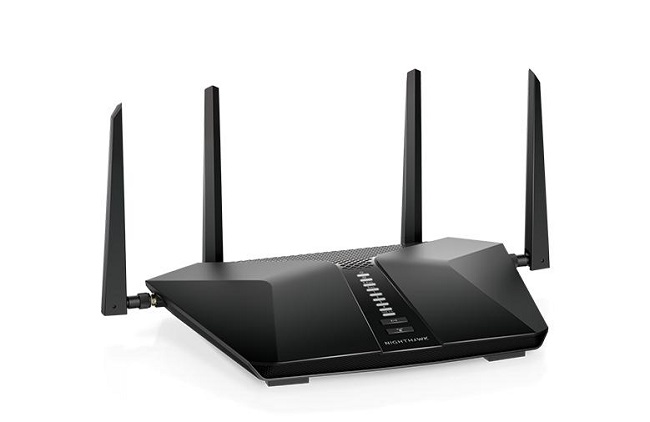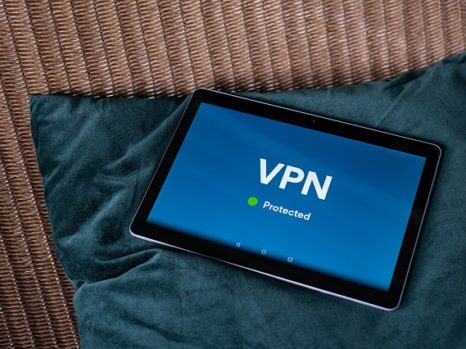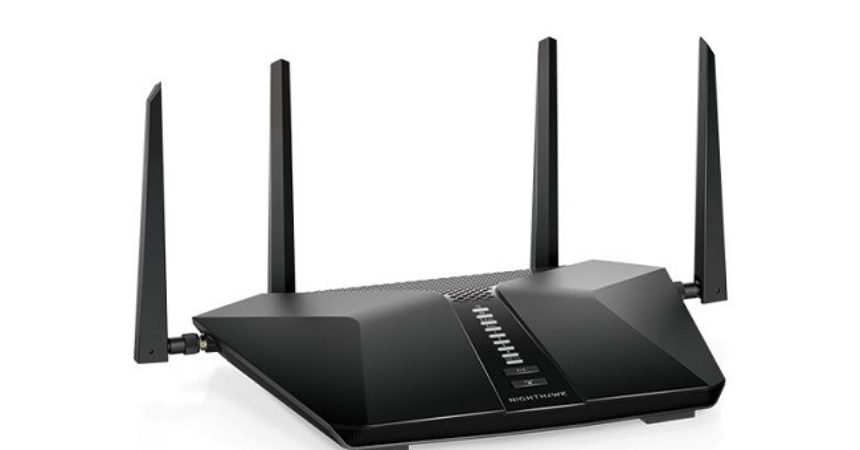In the world of home networking, 192.168.1.1 stands as a significant number. Often mentioned in the context of setting up or troubleshooting a home network, this sequence of numbers can be puzzling to many.
This comprehensive article aims to demystify 192.168.1.1, elaborating on its meaning, importance in networking, and how it plays a crucial role in managing home networks.
This address is known as an Internet Protocol or IP address in the digital world. The router in an office or home network assigns a standard address to the devices connected to it. Every router has its unique IP address, often known as router IP, which must be entered by any device wishing to connect to the network.

What is 192.168.1.1?
192.168.1.1 is an IP address used as the default gateway for most home routers. It falls within the private IP address range, typically used for local networking. When you type this IP address into a web browser’s address bar, it provides access to the router’s administrative console, from where you can manage various aspects of your network.
Read Also:
Understanding IP Addresses and Private Networks:
- IP Addresses: An Internet Protocol (IP) address is a unique string of numbers separated by periods, assigned to each device on a network. It serves as an identification number, allowing devices to communicate with each other on a network.
- Private Networks: A private network is a network that uses private IP space, not routed on the internet. The private IP range includes 192.168.x.x, among others, reserved for internal use within private networks, such as home and office networks.
The Significance of 192.168.1.1 in Home Networking:
- Accessing Router Settings: 192.168.1.1 is used to access the router’s administrative panel, which is the control center for your home network.
- Configuring Network Settings: Through the admin panel, you can change network settings, including Wi-Fi passwords, set up guest networks, manage connected devices, and update router firmware.
- Network Troubleshooting: It’s also a useful tool for diagnosing network problems, allowing you to check the status of your internet connection, reboot the router, and modify various network parameters.
How to Login to the IP Address 192.168.1.1?
Step 1: Open your default browser and type 192.168.1.1 into the address box.
Step 2: A 192.168.1.1 login window will appear on your computer screen, where you must enter your login ID and password.
Step 3: You’ve now signed into the router’s Admin Panel. You may access a variety of router settings from this page.
If you’re having trouble accessing the router’s admin panel at 192.168.1.1, try a different IP address.
What should you do if you forget the router’s login or password?
There are Numerous Approaches to Resolving this Issue.
192.168.1.1 is the IP address of the router. However, we provide a very basic and straightforward solution to this problem, and all you have to do is follow the steps below.
Step 1: Look through the handbook for your router to locate the default username and password. For a login, use this default user name and password.
Step 2: If you still can’t log in to 192.168.1.1, try the following. Then proceed to reset the router. All you have to do is locate the router’s reset button. The reset button is located on the backside of your router and must be operated with a pin or needle. Simply press and hold the reset button for 10-15 seconds once you’ve discovered it. The router will reboot and default settings will be restored.
What are the Steps to Troubleshoot Router Errors?
Step 1: Verify that your router is connected to your computer and other devices. Simply connect your router to your computer using an ethernet wire or WiFi. You should also inspect your router’s lights.
Step 2: If the router is already connected to a device, the device should be restarted. To do so, unhook the router and modem and reconnect them, then wait a few minutes before checking again.
Step 3: Disable your computer’s firewall since firewall settings can cause the router to malfunction.
Step 4: If none of the previous steps work, you can reset the router to factory defaults. Press the reset button on the router to clear the settings.
Common Issues and Resolutions:
- Incorrect IP Address: Ensure you’re entering the correct IP address. Some routers may use a different default address like 192.168.0.1.
- Wrong Login Credentials: If you have changed and forgotten your login credentials, you may need to reset your router to its factory settings.
- Connectivity Issues: Ensure your device is connected to your home network. You cannot access your router’s settings from an external network.
FAQs:
- Is 192.168.1.1 universal for all routers?
- No, while it’s common, some routers may use different default IP addresses.
- What should I do if 192.168.1.1 doesn’t work?
- Check your router’s manual for the correct IP address or look for it on the router label. Ensure your device is connected to the router.
- Can I change my router’s IP address from 192.168.1.1?
- Yes, you can change it through the router’s settings, but ensure the new address is within the private IP range.
- Is it safe to access 192.168.1.1 on a public network?
- You should only access your router’s settings from your secure home network to prevent unauthorized access.
- How do I find my router’s default username and password?
- The default login credentials are often printed on the router itself or in the manual. If changed and forgotten, a factory reset may be necessary.
Understanding 192.168.1.1 and its functionality is key to effectively managing and troubleshooting your home network, ensuring seamless connectivity and control over your internet experience.
Read Also:
Final Thoughts
If you carefully follow all of the instructions, you should be able to resolve the problem with I[Address 192.168.1.1. But, before you do anything, you should double-check a few things. Physical connections between your router and modem, for example, via wires and cables.
Understanding the role of 192.168.1.1 is crucial in managing and troubleshooting your home network effectively. It’s a gateway to a wealth of settings that control your internet and network connections, making it an essential aspect of home networking knowledge.










